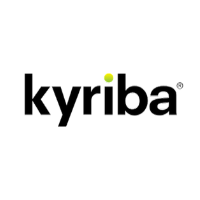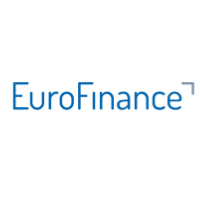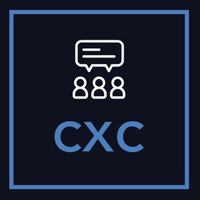21-04-2022 | treasuryXL | Kyriba | LinkedIn |
By Brian Blihovde, Senior Director, Product Marketing
Source

Bank Connectivity is Only the Beginning of the Transformation Journey
CFOs looking to optimize their processes and systems view APIs as a gateway to enterprise-wide liquidity and the organization’s financial capabilities and health. Finance transformation starts with bank connectivity, leading to real-time decision-making, but the opportunities do not stop there. Bank connectivity and payments help finance deliver more complete, real-time information to all parts of the business. This is the benefit from composable financial systems and design. CFOs, treasurers, and their IT counterparts must all collaborate, consider and plan how transformations continue to drive impacts beyond bank connectivity for all of finance and business units as well.
Finance and the business units to include manufacturing, warehousing, inventory, sales, and distribution all comprise enterprise-level functions contributing important strategic decision-making information. APIs should be used to drive transformation, resilience of data, efficiency, and real-time reporting. Strategic liquidity decision-making will improve once IT and finance can collaborate.
Legacy Systems Don’t Exist with New Data Unification Strategies
CEOs and CFOs are finding it harder to justify an entire re-do of their systems landscapes. CFOs should not look at their systems as “legacy” as API integration can take data and transform it into information and expanded decision-making capabilities. This API-driven unification of data from systems available and stored within various databases and systems across the organization. Legacy is an outdated concept when leading-edge, comprehensive APIs are introduced as technology enablers.
Information, today, is compiled, rationalized, and optimized with APIs regardless of the source system or application; definitions of “legacy” are not relevant any longer. CFOs and finance leaders make decisions with aggregated data transformed into business intelligence repositories from the information they have today and at reduced timelines with leading APIs.
Doing More with Less: APIs Beyond the Bank
Treasury and finance can do more when they use a vendor with integrative API capabilities beyond payments and banking alone. Integrating procurement, ERPs, GLs, and other third-party systems delivers the data unification needed for a comprehensive decision-making platform. Today, APIs go beyond banking and payments for integration across:
- Investment Portals
- FX Trading Platforms & Hedge Management
- Market Data Providers
- Supplier Services (for Working Capital Programs)
- Security Profile and Governance Management
Taking Next Steps
To obtain better, and more accurate access to finance information, APIs link the systems used to compile and compose this data into an automated and real-time systemic process. When synchronous ERP, ancillary and core treasury systems collectively feed into the strategic cash flow forecasting process and BI dashboards, the result is a comprehensive view of mid and longer-term flows equaling less effort, more insight and better decision-making.
Enterprise views of cash and liquidity begin with bank connectivity as it provides the needed access to payments, cash and liquidity availability and should always be real-time. However, it is not the end of the story; today’s organizations require more prescriptive, forward-looking capabilities only delivered with information flows like procure to pay and order to cash cycles from the entire unified financial landscape. These holistic, API-integrative systems can generate the business information and intelligence needed to quickly make better decisions and speed the success of today’s organization.
To learn more on how new leading APIs are becoming the standard for how finance and treasury become more than information stewards, but rather catalysts and centers of excellence for better strategic decision-making for their greater organizations – www.kyriba.com.



.png?width=1200&upscale=true&name=Group%2056%20(1).png)



















